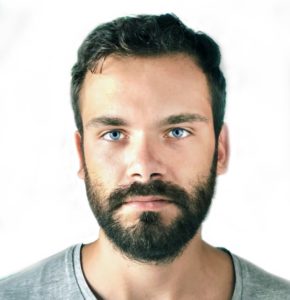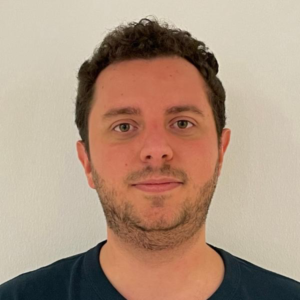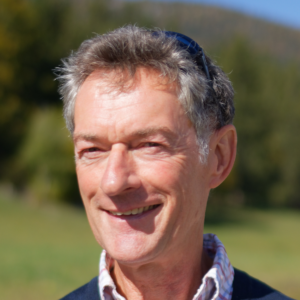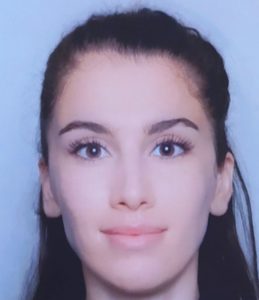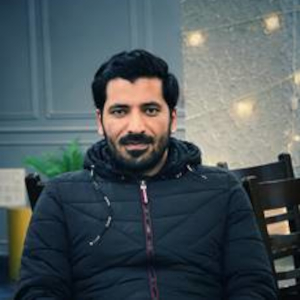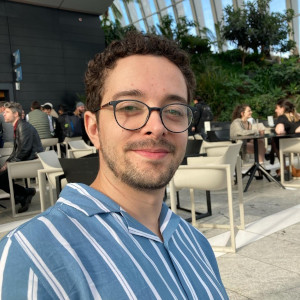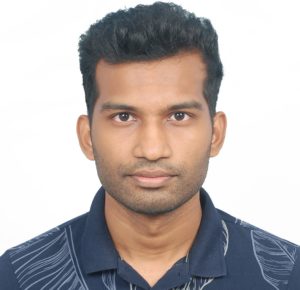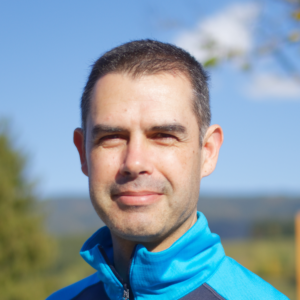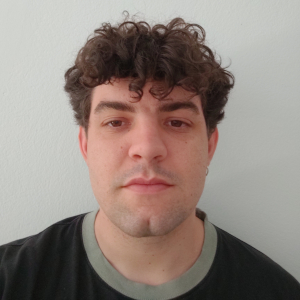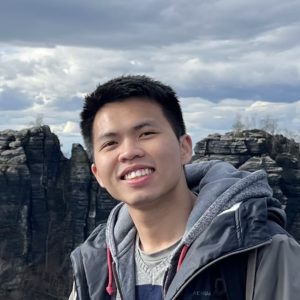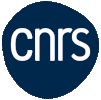Overview
The Magnetic Random Access Memories (MRAM) group develops advanced concepts in this emerging technology. The goal is to realize cells with improved thermal stability, lower power consumption and/or faster switching. Our research covers material stack deposition, nano-fabrication and electrical test evaluation, for applications as standalone memory and non-volatile logic and more recently in neuromorphic computing architectures.
Research directions
Perpendicular Anisotropy Materials
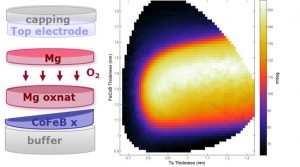
High energy barriers for spin transfer torque (STT) MRAM cells can be achieved with perpendicular anisotropy magnetic tunnel junctions. Solutions for high density MRAM cells to diameters below 20nm require continuous improvements in perpendicular surface anisotropy, while maintaining high TMR properties.
Perpendicular STT MRAM

Evaluation of MRAM concepts requires simulation of expected reversal mechanisms and electrical characterization of individual cells. We aim at understanding dynamics of magnetization reversal and the expected impact of stack modifications to explore application specific optimizations.
Nanofabrication Challenges
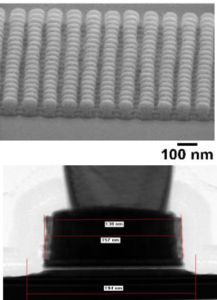
Innovation on dense MRAM using pre-patterned substrates, CMOS integration of multifunctional cells and sub-10nm lateral sizes. Tunnel junction nanofabrication in our platform is essential to evaluate MRAM concepts and performance.
Perpendicular Shape Anisotropy
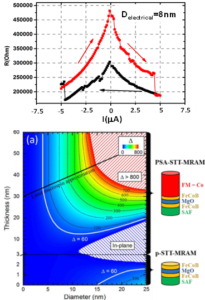
A solution for sub-10nm cell sizes uses high aspect ratios to generate perpendicular shape anisotropy providing scalable retention at the smallest cell sizes. Spin transfer torque switching is possible in these cells, where the reversal dynamics is now under study.
The team
Former members
Post-docs
- Andrey TIMOPHEEV (2014-2017)
- Van Dai NGUYEN (2016-2018)
- J. Ranier Roiz (2015-2016)
- Nikita Strelkov (2016-2019)
PhD
- Luc TILLIE (2015-2018)
- Nicolas PERRISSIN (2015-2018)
- Jyotirmoy CHATTERGEE (2014-2017)
- Hieu Tan NGUYEN (2013-2016)
- Antoine Chavent (2013-2015)
Process Engineers
- Jude GUELFFUCCI (2015-2017)
- Nathalie LAMARD (2016-2017)
- Guillaume LAVAITTE (2015-2016)
Projects
- Samsung SGMI (2014-2017)
- ANR Excalyb (2014-2017)
- Heumem (2015-2018)
- EU-FET Spice (2016-2019)
- EU Great (2016-2019)
- ERC Magical (2015-2020)
Partners
- CEA LETI, Grenoble, France
- Institut NEEL, Grenoble, France
- Crocus Technology, Grenoble, France
- Samsung, San Jose, USA
- Singulus AG, Kahl am Main, Germany
- Aarhus University, Aarhus, Denmark
- Radboud Universiteit, Neijmegen, Netherlands
Recent news
- Efficient microwave amplification by heat modulation at GHz frequency in spintronics oscillators (November 13th, 2018)

Due to the nanometer size of magnetic tunnel junctions and high interfacial resistance of ultrathin MgO tunnel barriers, temperature modulation at GHz frequency can be achieved in these devices and efficiently use to amplify microwaves ... - Impact of intergrain effective coupling due to huge thermal gradients in heat assisted magnetic recording (November 12th, 2018)

Heat assisted magnetic recording (HAMR) is a new hard disk drive (HDD) recording technology which uses a temporary near field heating of the media during write to increase hard disk drive storage density. It has ... - Bernard DIENY receives the IEEE Carrier Achievement Award (November 01st, 2018)

Bernard DIENY receives the 2018 IEEE Carrier Achievement Award for contributions to spintronics applications including spin-valves and MRAMs and for strengthening the relationship between magnetics and microelectronics communities. The Award will be handed out at ... - Masters thesis projects for Spring 2019 (October 10th, 2018)

You find here the list of proposals for Master-2 internships to take place during Spring 2019. In most cases, these internships are intended to be suitable for a longer-term PhD work. Interested Master-1 students are ... - PhD thesis defense: Ultimate scalability of STT MRAM: storage layer with perpendicular shape anisotropy (August 26th, 2018)

On Friday 31 Aug, Nicolas PERRISSIN defends his PhD at 14h00 in room M001 of Grenoble INP – Phelma – 3 Parvis Louis Néel – Grenoble. Keywords: STT MRAM, perpendicular shape anisotropy, Ultimate scalability Most of the ...

